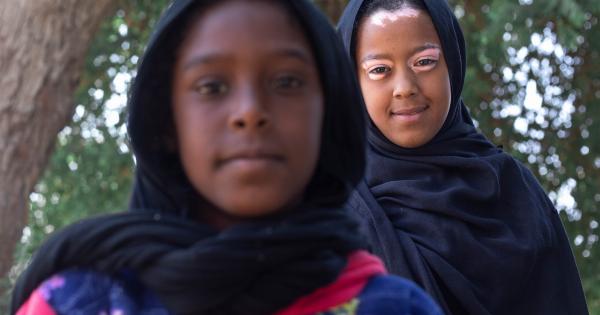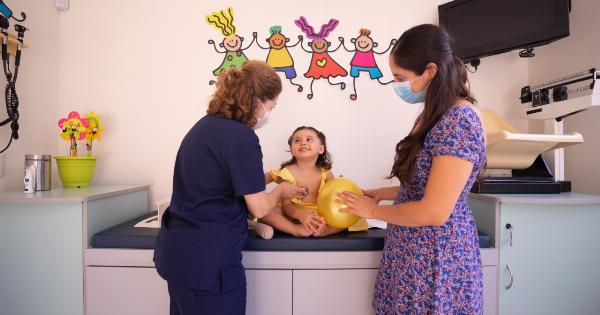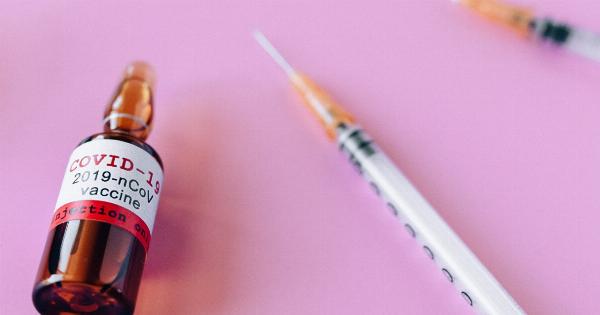Discussing reproduction with children can be a delicate and challenging task for many parents.
It is important to approach this topic with sensitivity, ensuring that the information provided is age-appropriate, accurate, and promotes a healthy understanding of human biology. This comprehensive guide aims to help parents navigate through this often-complicated conversation, providing practical advice and tips on explaining reproduction to children.
The Role of Parents in Reproductive Education
As a parent, it is your responsibility to provide your children with the necessary information about their bodies and the changes they will experience as they grow older.
Reproductive education should not be left solely to schools or peers, as parents play a vital role in equipping their children with the knowledge they need to understand their own bodies and the world around them.
By initiating conversations about reproduction, parents can create an open and trusting environment where their children feel comfortable asking questions and seeking guidance.
This ongoing dialogue allows parents to address their children’s concerns, dispel any myths or misconceptions, and foster a healthy attitude towards their own bodies.
Age-Appropriate Explanations
When discussing reproduction, it is essential to consider the age and maturity level of your child. Younger children can be introduced to basic concepts, while older children require more detailed information.
For younger children (ages 4-6), you can focus on simple explanations such as the fact that babies are made when a sperm from the father joins an egg from the mother.
Emphasize that this process occurs inside the mother’s body and that it is a beautiful and natural part of life.
As children reach elementary school age (6-12), you can expand on the topic by explaining how sperm and eggs come together to create a baby.
You can discuss the importance of consent and how babies are typically born after around nine months of growth and development inside the mother’s womb.
During the preteen and teenage years (12+), discussions about reproduction should include more comprehensive explanations about puberty, menstruation, sexual intercourse, and the role of genetics in passing on traits.
It is also crucial to discuss the importance of consent, healthy relationships, and safe sex practices to ensure their overall well-being.
Starting the Conversation
When initiating the conversation about reproduction, it is essential to create a safe and comfortable space where your child feels at ease.
Choose a quiet and private setting to avoid interruptions or distractions, and ensure that you have enough time to address any questions or concerns your child may have.
Begin by gauging their existing knowledge on the subject and letting them guide the conversation. Ask open-ended questions to encourage them to share their thoughts and feelings.
This approach will not only help you understand their current understanding but also allow you to correct any misconceptions and provide accurate information.
Use age-appropriate books, videos, or online resources to supplement your explanations. These resources can offer visuals and simplified explanations that make the topic more accessible and engaging for children of all ages.
Explaining Biological Changes
One of the key aspects of reproductive education is helping children understand the biological changes that occur during puberty.
These changes can often be bewildering and even unsettling for children, so it is essential to provide them with the necessary knowledge and reassurance.
Explain that puberty is a natural process in which their bodies grow and change as they transition from childhood to adulthood.
Discuss the physical changes like the development of breasts and body hair in girls, and the deepening of voices and growth of facial hair in boys. Emphasize that these changes happen to everyone and are an essential part of growing up.
Address any concerns or questions your child may have about their changing bodies, and reassure them that these changes are normal and nothing to be embarrassed or worried about.
Encourage open communication and let them know you are always available to discuss any questions or concerns they may have as their bodies continue to develop.
Understanding the Reproductive Process
Explaining the reproductive process to children can be a complex topic, but breaking it down into simple, age-appropriate explanations can make it easier for them to understand.
Start by explaining that a baby is created when a sperm, which comes from the father, fertilizes an egg, which comes from the mother. Use diagrams or illustrations to visually depict the process and make it more concrete for your child.
Discuss pregnancy and how a fertilized egg grows inside the mother’s uterus. Explain the role of the placenta and umbilical cord in providing nourishment to the developing baby.
Depending on your child’s age, you can explain childbirth and the stages of labor and delivery, being mindful to present information in a reassuring and non-threatening manner.
The Role of DNA and Genetic Traits
As your child grows older, you can introduce the concept of genetics and how it influences the traits they inherit from their parents.
Explain that DNA, which is passed down from both parents, plays a crucial role in determining characteristics such as eye color, hair color, and height.
Make it clear that while children may share some traits with their parents, they are unique individuals with their own distinct attributes.
Emphasize that genetic diversity is what makes each person special and that there is no such thing as “perfect” genes or traits.
Creating a Safe Space for Questions
Throughout the reproductive education process, it is vital to establish an environment where your child feels safe and comfortable asking questions. Encourage open and honest communication, and assure your child that no question is off-limits or silly.
Answer their questions truthfully, using language and explanations suitable for their age and level of understanding. If you don’t know the answer to a specific question, acknowledge it and offer to find the information together.
This approach reinforces the importance of learning and seeking knowledge as an ongoing process.
Teaching Consent and Healthy Relationships
As your child grows older and approaches their teenage years, it is crucial to discuss consent and healthy relationships.
Educate them about the importance of respecting personal boundaries, the concept of consent, and the fact that a person’s body belongs to them alone.
Encourage open dialogue around friendships, dating, and romantic relationships.
Discuss the importance of mutual respect, communication, and understanding within relationships, emphasizing that healthy relationships should be based on trust, equality, and consent.
Addressing Online and Media Influences
In today’s digital age, it is essential to discuss the potential influence of media and online content on your child’s understanding of reproduction.
Talk to them about the existence of inaccurate or inappropriate information available online and encourage them to seek reliable sources for their learning.
Teach them to critically evaluate the information they encounter, promoting fact-checking and distinguishing between credible sources and unreliable ones.
Encourage open conversations about any content they come across that may be confusing or troubling, making sure they know they can rely on you for guidance.
Conclusion
Explaining reproduction to children can be a sensitive and complex topic.
However, by approaching it with sensitivity, providing age-appropriate explanations, and fostering open communication, parents can play a crucial role in helping their children develop a healthy understanding of their bodies and the process of reproduction.
Remember to be patient and understanding throughout this ongoing conversation, as each child’s curiosity and understanding will vary.
By equipping children with accurate information and creating a safe environment for questions, parents can empower their children to make informed decisions about their bodies, relationships, and overall well-being.

























